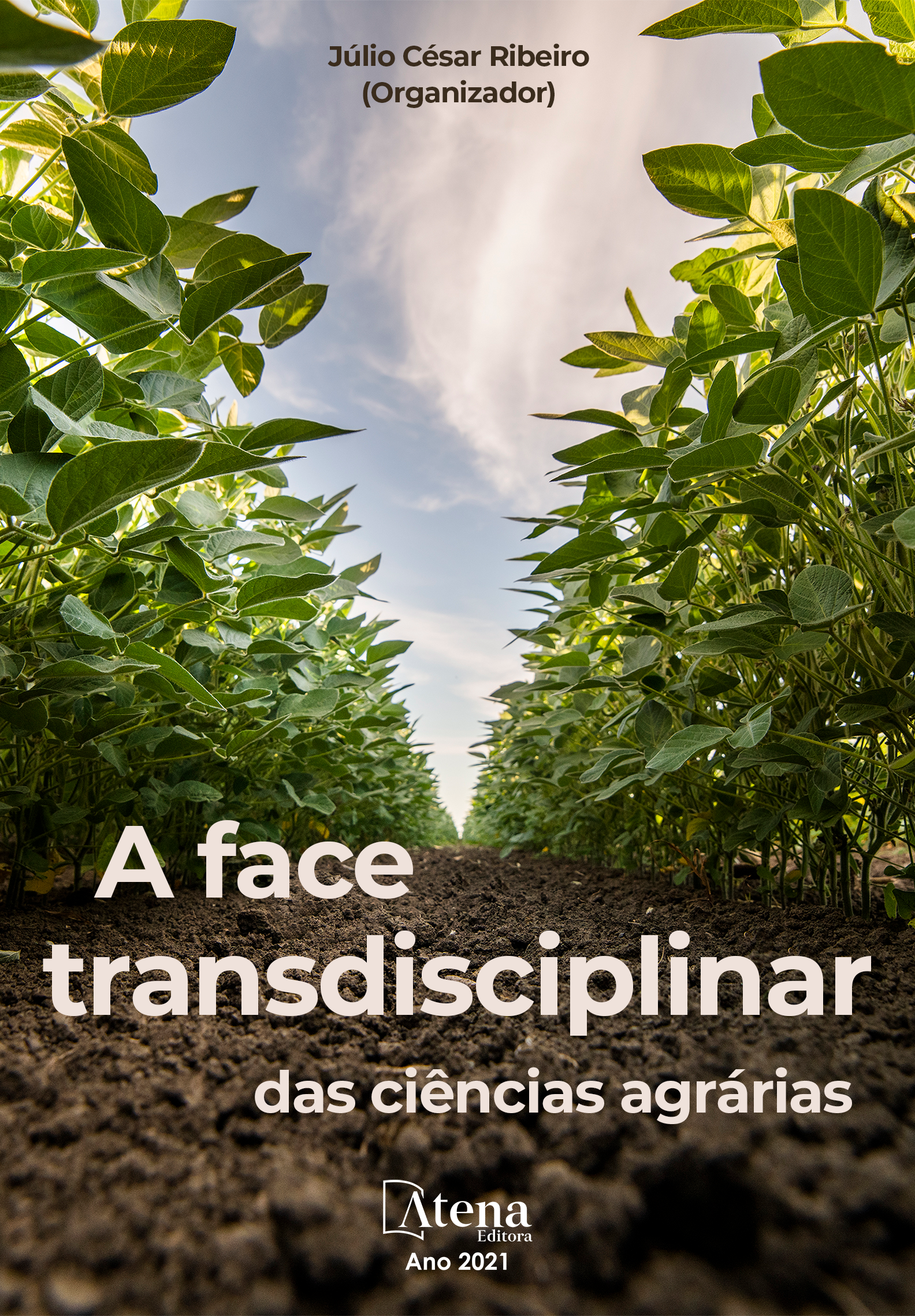
ANÁLISE COMPARATIVA DE DIFERENTES MODOS DE APLICAÇÃO DA INOCULAÇÃO E CO-INOCULAÇÃO COM USO DE INOCULANTES COMERCIAIS EM SOJA.
O presente trabalho objetivou avaliar a eficiência agronômica da inoculação e coinoculação em soja em dois modos de aplicação (no tratamento de sementes e sulco de semeadura). O experimento foi conduzido em campo, safra 2016/17, na APTA - Polo Regional da Alta Mogiana, Colina-SP. Os tratamentos testados foram: T1 = controle sem inoculação; T2 = 200 kg de nitrogênio ha-1 (parcelado); T3 = inoculação tradicional das sementes com Biomax® Premium Líquido Soja; T4 = inoculação no sulco de semeadura com Biomax® Premium Líquido Soja; T5= co-inoculação nas sementes (Biomax® Premium Líquido Soja e Milho); T6= co-inoculação com Biomax ® Premium Líquido Soja nas sementes e Biomax ® Premium Líquido Milho no sulco de semeadura; T7 = co-inoculação (Biomax® Premium Líquido Soja e Milho) no sulco; T8 e T9 = testemunha com co-inoculação com o uso de inoculantes da concorrência, respectivamente, nas sementes e sulco. O delineamento experimental foi em blocos casualizados, sendo a parcela constituída por oito linhas de 6 metros de comprimento, com espaçamento entre linhas de 0,5 m. Todas as sementes receberam tratamento com fungicida e inseticida sete dias antes da inoculação e semeadura. A aplicação de micronutrientes Co e Mo foi realizada via foliar no estádio fenológico V5 em todos os tratamentos. O manejo de plantas daninhas, insetos e doenças seguiram as recomendações técnicas para a cultura. Foram avaliados caracteres de interesse agronômico e componentes do rendimento por ocasião da maturação. Os dados obtidos foram submetidos a análise de variância pelo teste F e a comparação das médias realizada pelo teste de Duncan a 5%. Verificou-se diferença significativa para a maioria das variáveis nos diferentes tratamentos testados. Em condições de campo, a co-inoculação com Biomax®Premium Líquido Soja e Milho independente da forma de aplicação destacou-se em relação aos demais tratamentos testados para a maioria dos caracteres agronômicos e componentes de produção analisados.
ANÁLISE COMPARATIVA DE DIFERENTES MODOS DE APLICAÇÃO DA INOCULAÇÃO E CO-INOCULAÇÃO COM USO DE INOCULANTES COMERCIAIS EM SOJA.
-
DOI: 10.22533/at.ed.9172110088
-
Palavras-chave: Glycine max L., inoculação mista, Azospirillum, modo de aplicação, validação de inoculantes comerciais.
-
Keywords: Glycine max L., mixed inoculation, Azospirillum, method of application, validation of commercial inoculants
-
Abstract:
The present paper aimed at evaluating the agronomic efficiency of inoculation and co-inoculation in soybean in two application modes (in the treatment of seeds and sowing furrow). The field experiment was conducted, crop 2016/17, at APTA - Polo Regional da Alta Mogiana, in Colina-SP. The tested treatments were: T1 = control without inoculation; T2 = 200 kg nitrogen ha-1 (split); T3 = seed traditional inoculation with Biomax® Premium Liquid Soybean; T4 = in-furrow inoculation with Biomax® Premium Liquid Soybean; T5= Seed co-inoculation (Biomax® Premium Liquid Soybean and Corn); T6= Seed co-inoculation with Biomax ® Premium Liquid Soybean and in-furrow co-inoculation with Biomax ® Premium Liquid Corn; T7 = in-furrow co-inoculation (Biomax® Premium Liquid Soybean and Corn); T8 and T9 = control with co-inoculation with the use of competitive inoculants, respectively, in seeds and sowing furrow. The experimental design was in randomized blocks, in which the plot was constituted of eight lines with 6 meters in length, and spacing between lines of 0.5 m. All the seeds were treated with fungicide and insecticide seven days before inoculation and sowing. The application of micronutrients Co and Mo was carried out via leaves at the phenological stage in all treatments. The management of weed, insects and diseases followed the technical recommendations for the culture. Characters of agronomic interest and yield components at maturation were evaluated. The data obtained were submitted to analysis of variance by the F test and the comparison of means performed by the Duncan test at 5%. There was a significant difference for most variables in the different treatments tested. Under field conditions, the co-inoculation with Biomax® Premium Liquid Soybean and Corn, regardless of the form of application, stood out in relation to the other treatments tested for most agronomic characters and analyzed production components.
-
Número de páginas: 23
- Elaine Cristine Piffer Gonçalves
- Anita Schmidek
- Marcelo Henrique De Faria
- Fernando Bergantini Miguel
- José Antonio Alberto Da Silva
- Regina Kitagawa Grizotto
- Ivana Marino Bárbaro-Torneli


